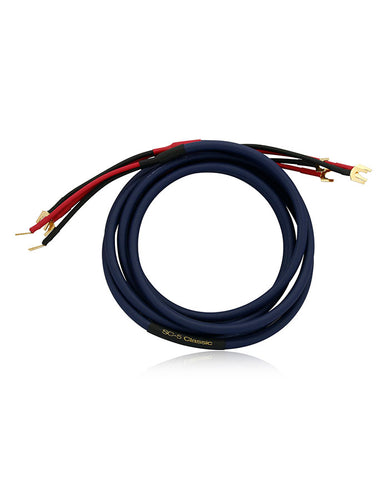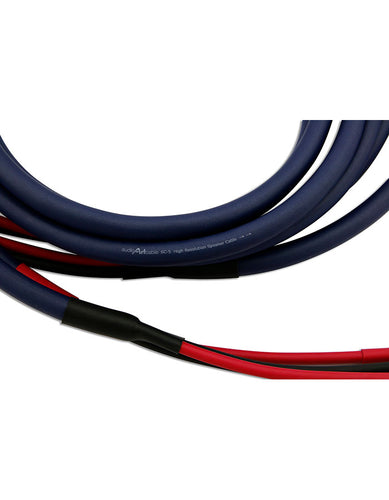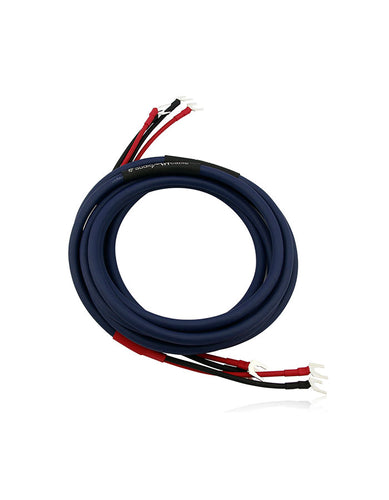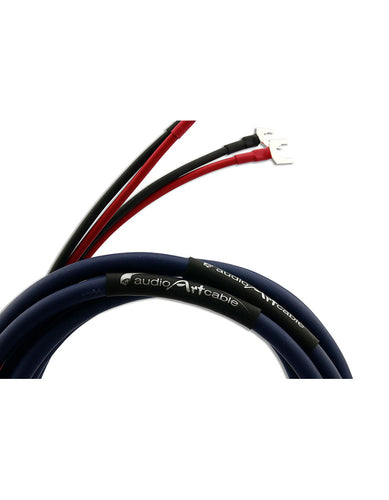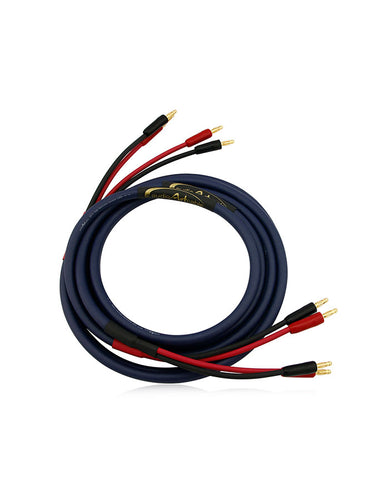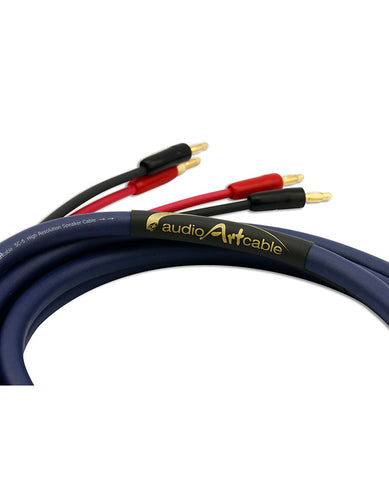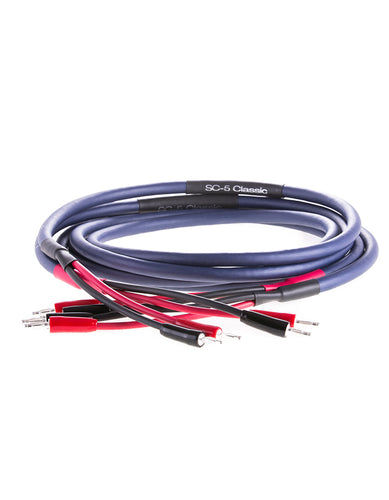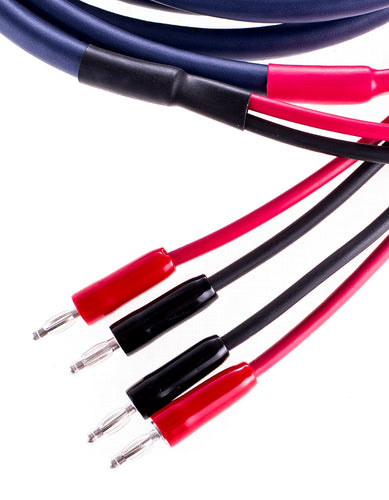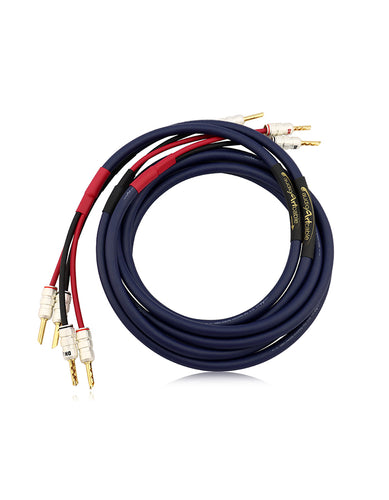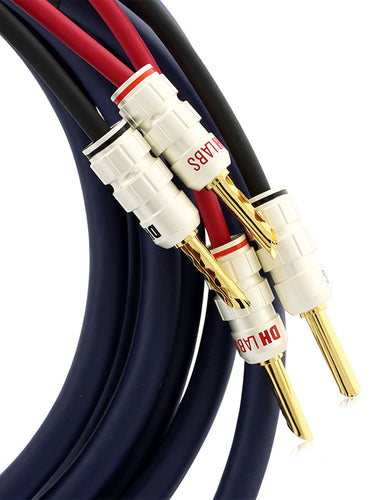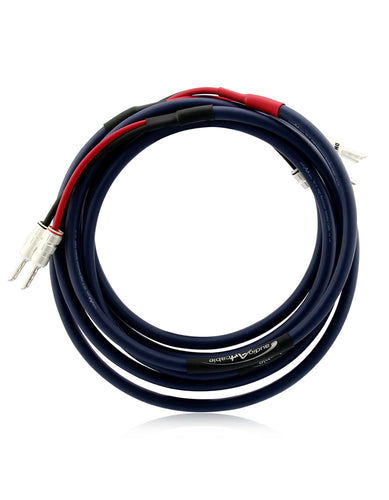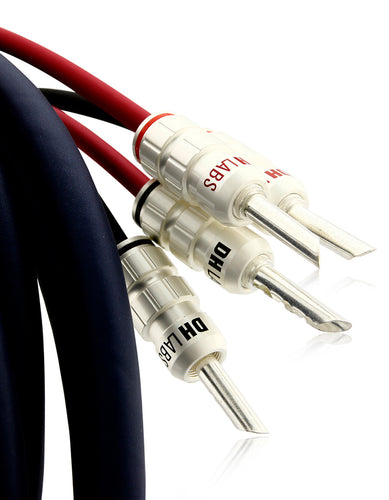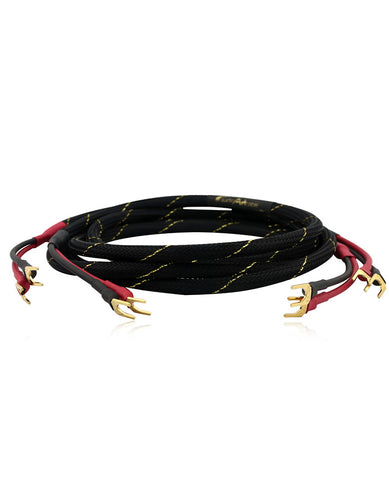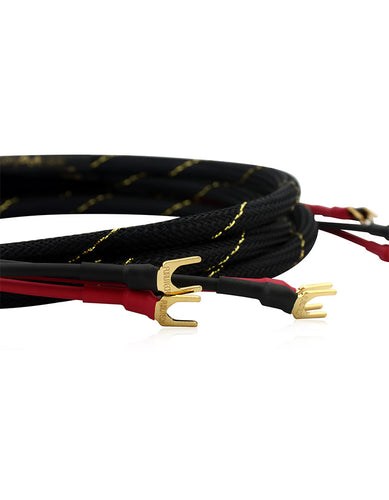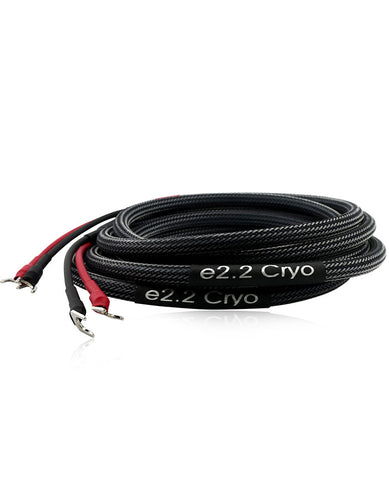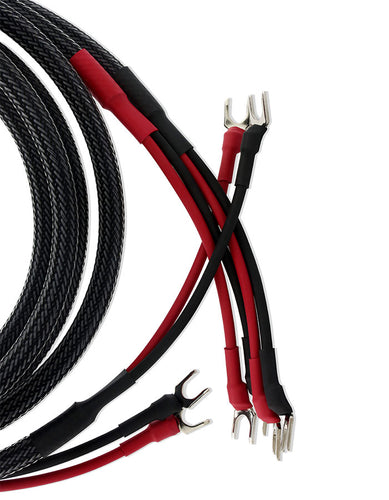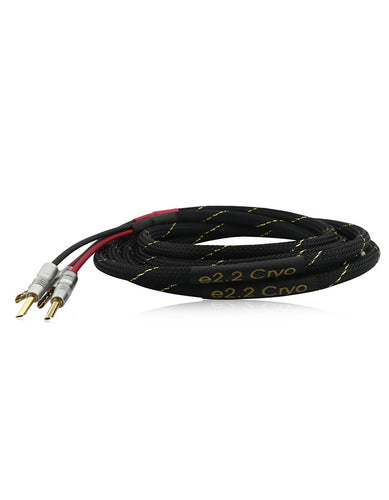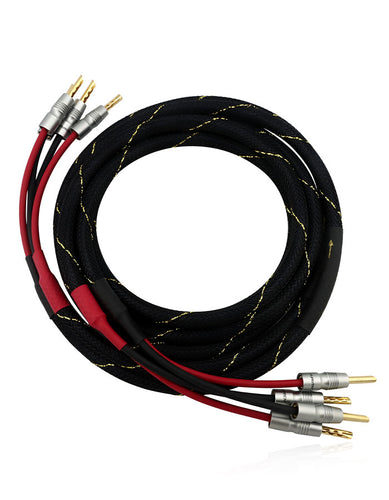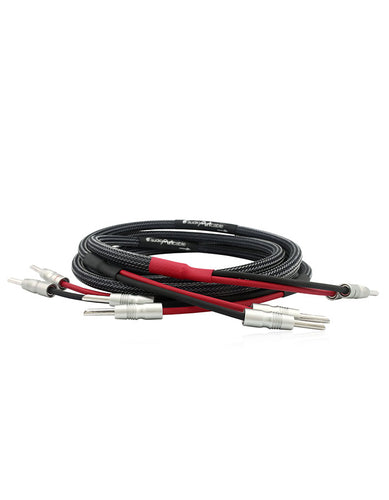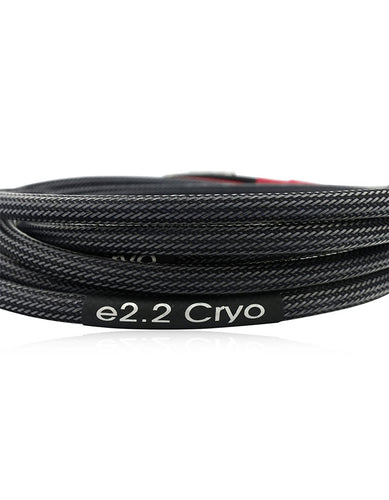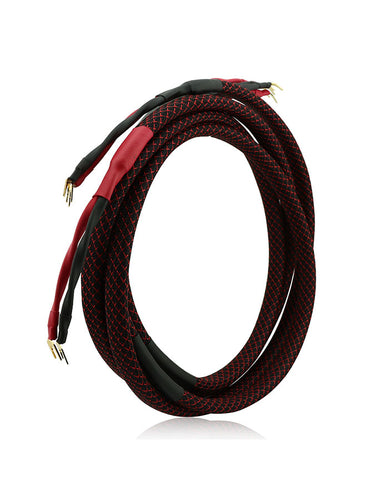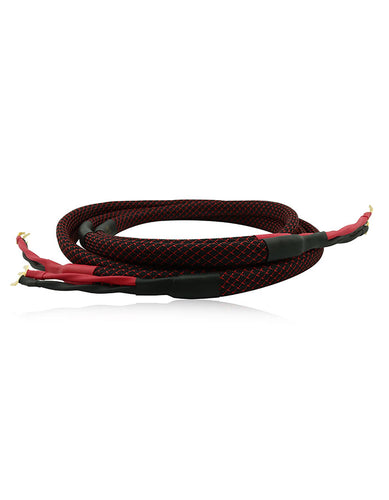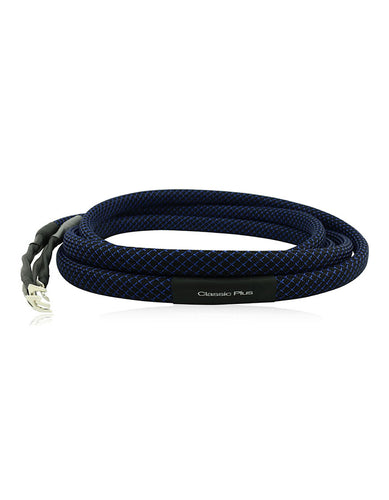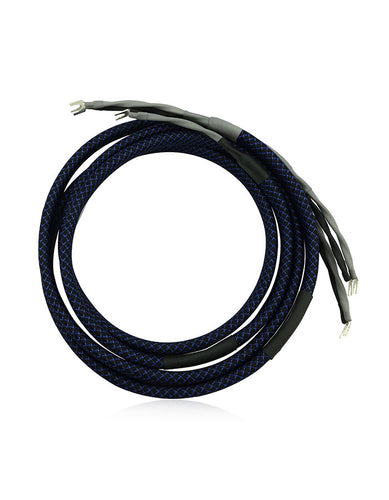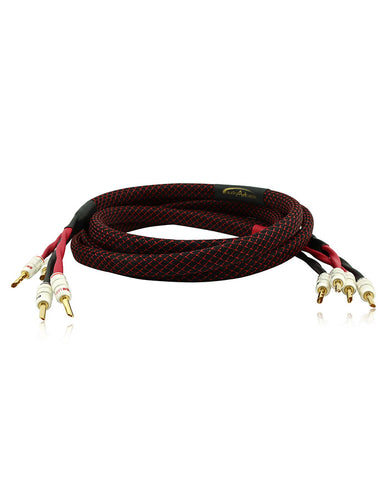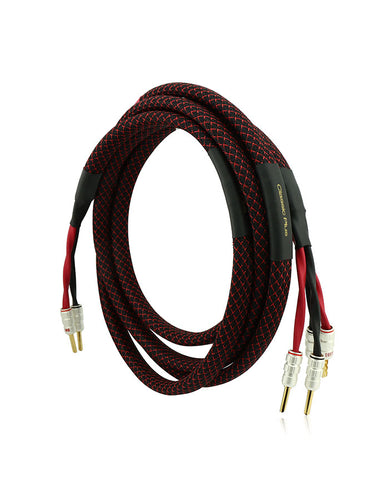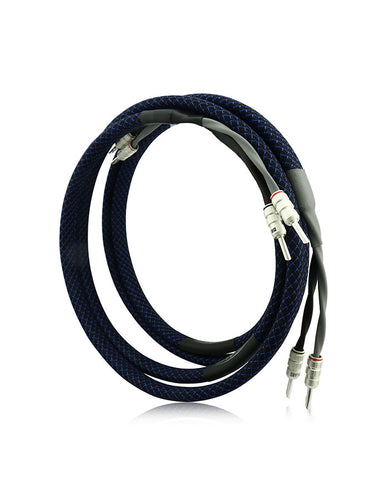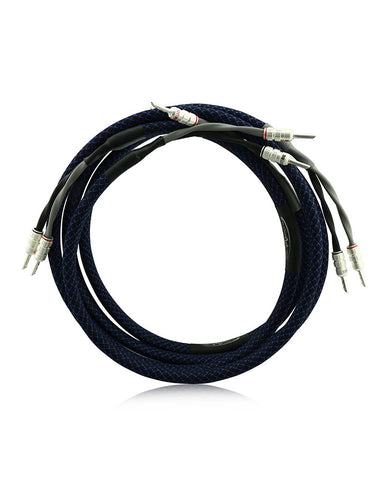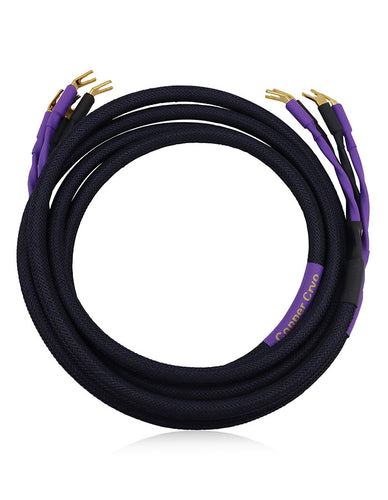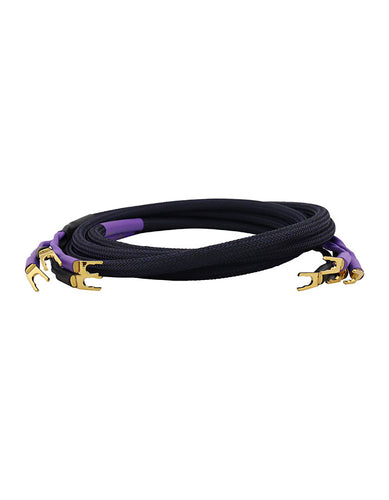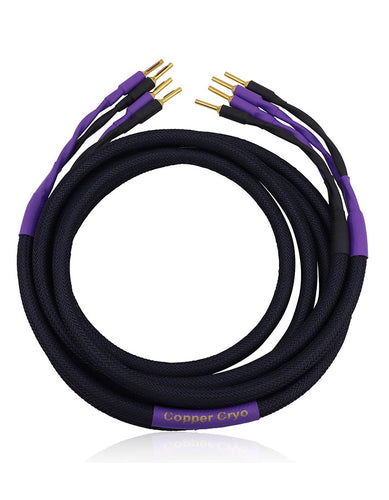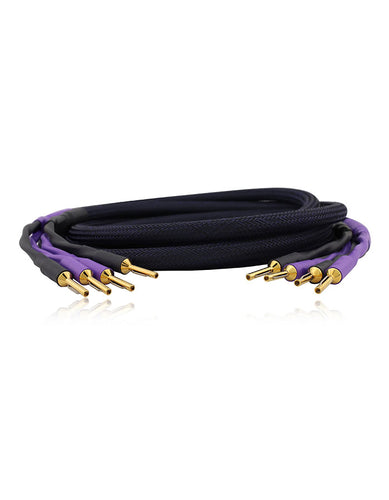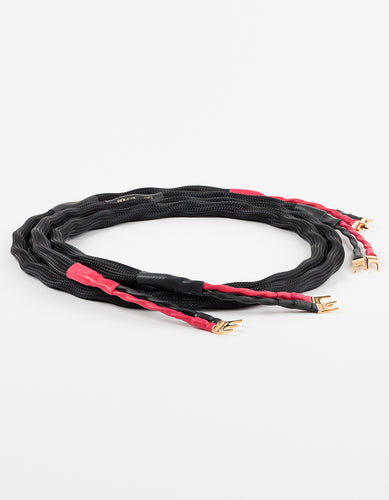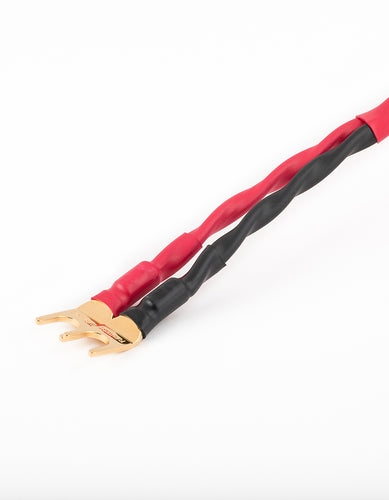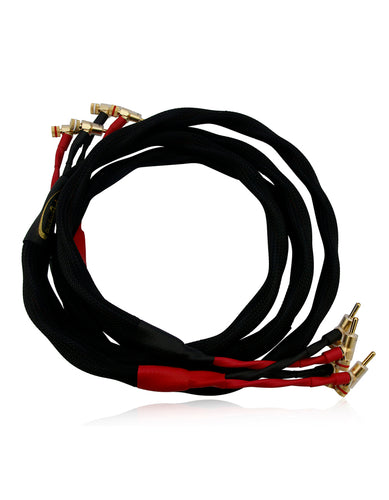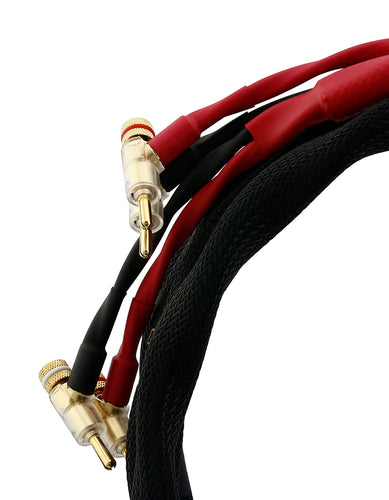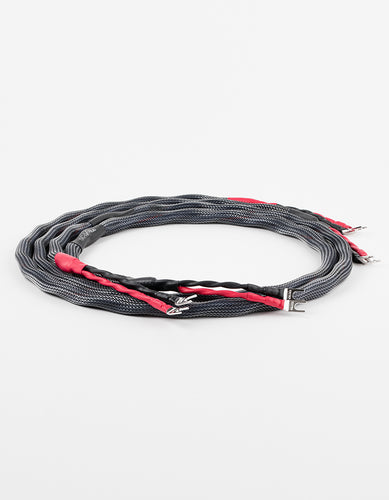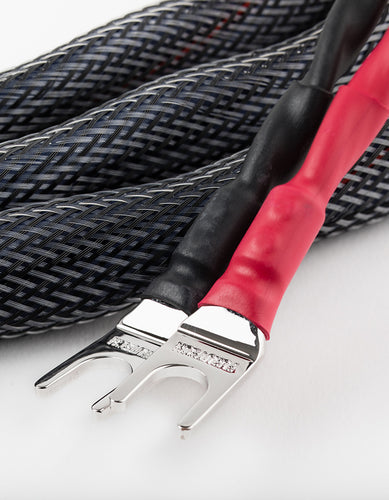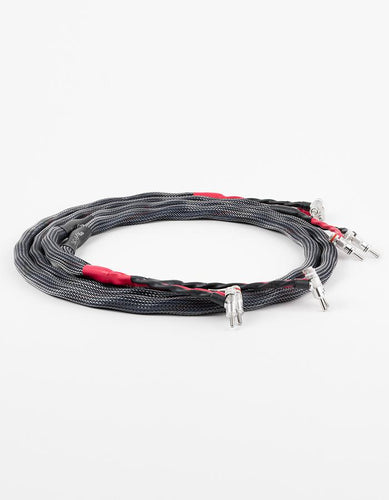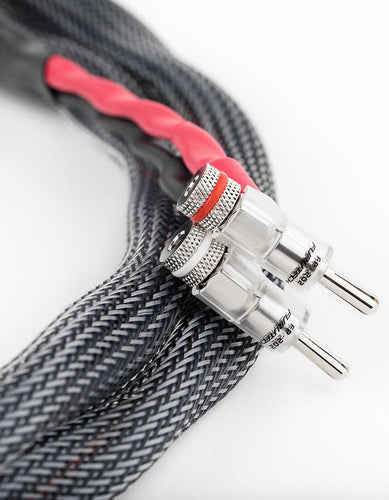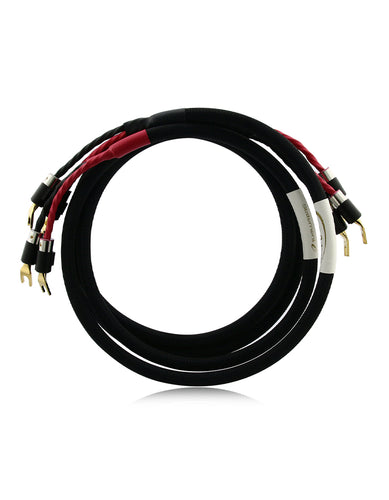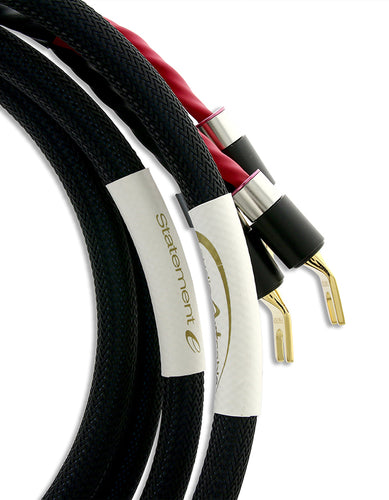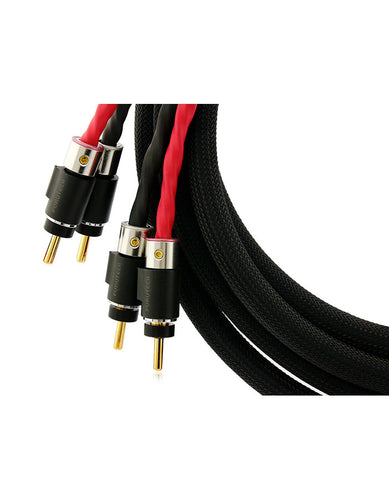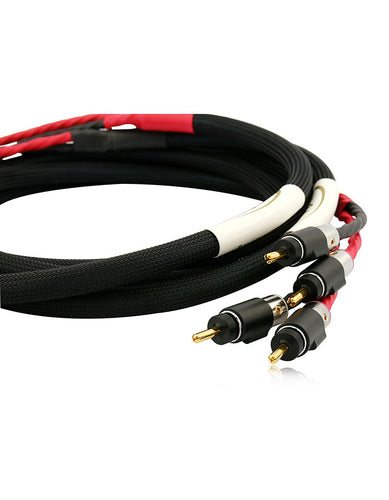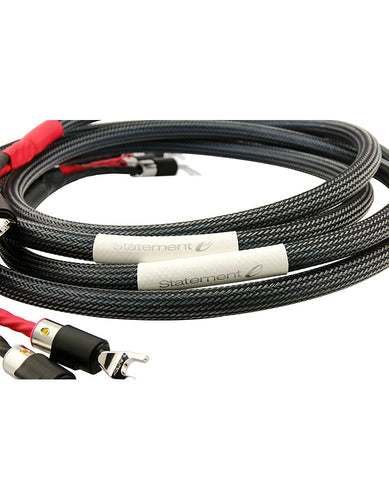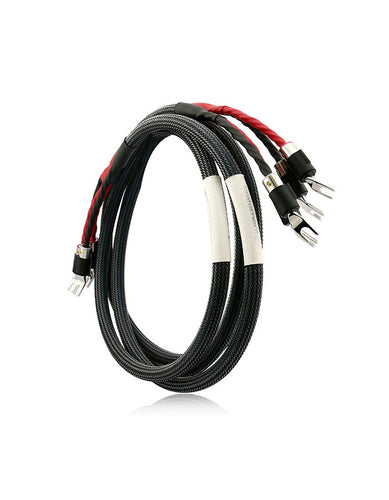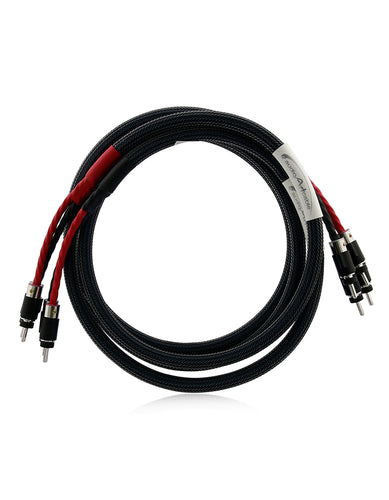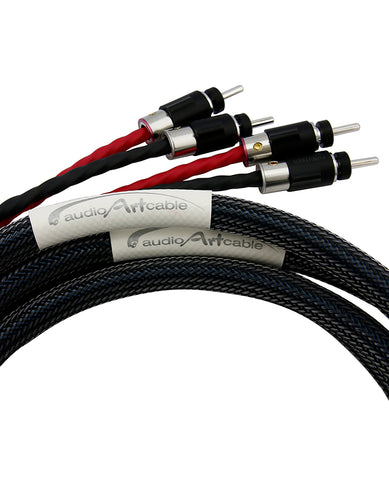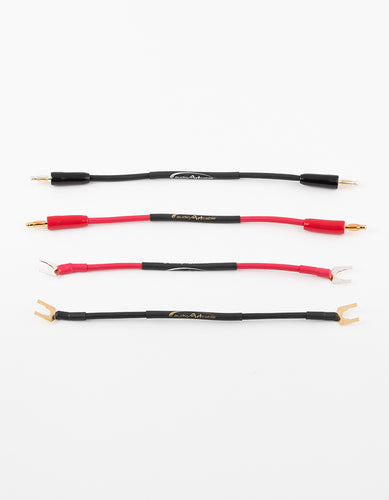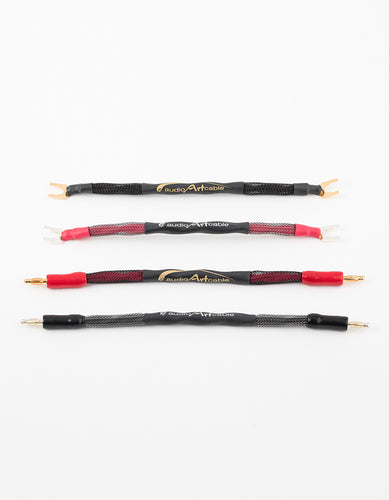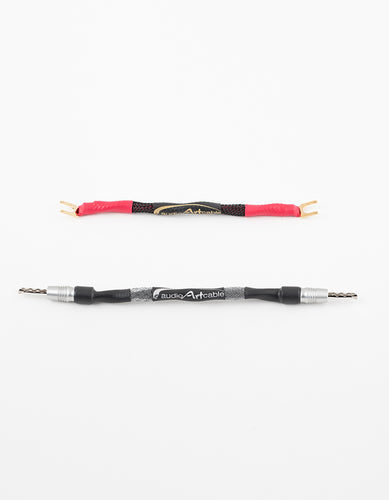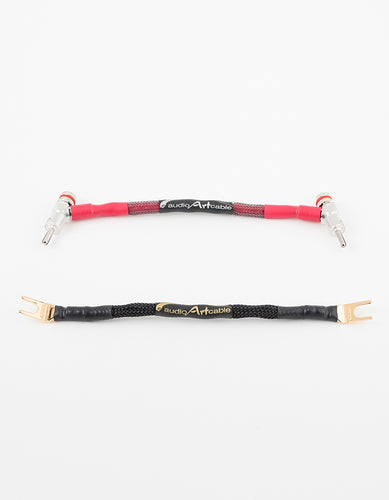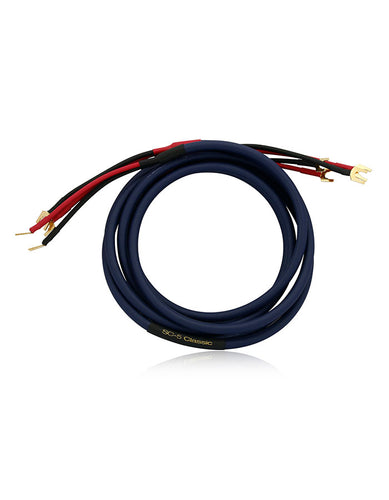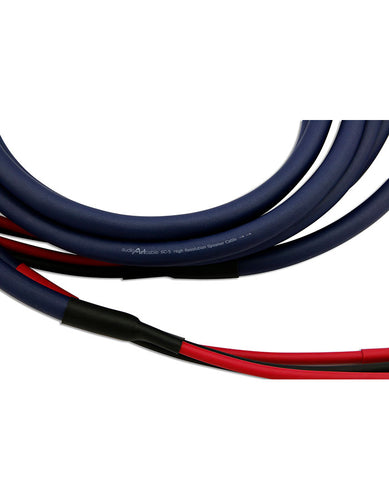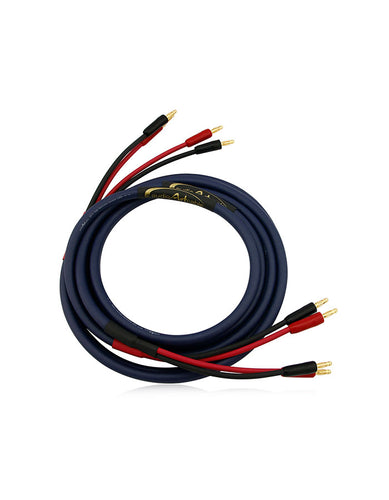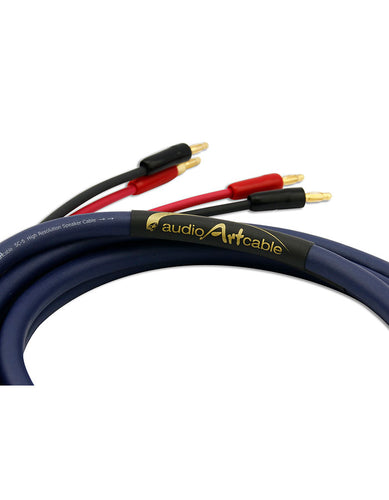
Filter
AAC SC-5 Classic Speaker Cable Pair Gold Spade
$172.00
$215.00
AAC SC-5 Classic Speaker Cable Pair Silver Spade
$184.00
$230.00
AAC SC-5 Classic Speaker Cable Pair Gold Banana
$176.00
$220.00
AAC SC-5 Classic Speaker Cable Pair Silver Banana
$184.00
$230.00
AAC Classic Plus SC Speaker Cable Pair Gold Banana
$224.00
$280.00
AAC Classic Plus SC Speaker Cable Pair Silver Banana
$232.00
$290.00
AAC e2.2 Cryo Speaker Cable Pair Gold Spade
$304.00
$380.00
AAC e2.2 Cryo Speaker Cable Pair Rhodium Spade
$312.00
$390.00
AAC e2.2 Cryo Speaker Cable Pair Gold Banana
$336.00
$420.00
AAC e2.2 Cryo Speaker Cable Pair Rhodium Banana
$360.00
$450.00
AAC-Classic Plus Double Speaker Cable Pair Gold Spades
$352.00
$440.00
AAC-Classic Plus Double Speaker Cable Pair Silver Spades
$360.00
$450.00
AAC-Classic Plus Double Speaker Cable Pair Gold Bananas
$384.00
$480.00
AAC-Classic Plus Double Speaker Cable Pair Silver Bananas
$392.00
$490.00
AAC Copper Cryo Speaker Cable Pair Gold Spade
$440.00
$550.00
AAC Copper Cryo Speaker Cable Pair Gold Banana
$440.00
$550.00
AAC SC-5 ePlus Cryo Speaker Cable Pair Gold Spade
$600.00
$750.00
AAC SC-5 ePlus Cryo Speaker Cable Pair Gold Banana
$640.00
$800.00
AAC SC-5 ePlus Cryo Speaker Cable Pair Rhodium Spade
$640.00
$800.00
AAC SC-5 ePlus Cryo Speaker Cable Pair Rhodium Banana
$672.00
$840.00
AAC Statement e SC Cryo Speaker Cable Pair Gold Spade
$1,040.00
$1,300.00
AAC Statement e SC Cryo Speaker Cable Pair Gold Banana
$1,040.00
$1,300.00
AAC Statement e SC Cryo Speaker Cable Pair Rhodium Spade
$1,080.00
$1,350.00
AAC Statement e SC Cryo Speaker Cable Pair Rhodium Banana
$1,080.00
$1,350.00
What gauge of speaker cable should I use for my system?
Depends on cable length and speaker impedance. For short runs under 50 feet, 16 gauge is fine. For
longer runs or low impedance speakers (4 ohms), 12 or 14 gauge is recommended to minimize resistance and
maintain sound quality.
Does the length of speaker cables affect sound quality?
Yes, longer cables increase resistance which reduces signal quality. Use thicker cables (lower gauge)
for longer runs. Try to keep cable lengths as short and equal as possible for balanced sound.
Is there a noticeable difference between expensive and cheap speaker cables?
Speaker cables can make a small but noticeable difference. Premium cables offer better signal
transmission, improved frequency response and noise reduction, among other benefits. However, the impact
may be minimal in budget or mid-range setups, so it’s essential to prioritize upgrading speakers and
amplifiers before investing heavily in cables.
How do I connect speaker cables to my amplifier and speakers?
Ensure correct polarity by matching the positive (red) and negative (black) terminals on both the
amplifier and speakers. Strip the cable ends, twist the wire and connect them to the terminals. For
convenience, use banana plugs or spade connectors.
What are the benefits of using banana plugs or spade connectors with speaker cables?
Banana plugs and spade connectors give secure, easy connections, reducing the risk of loose wires or
shorting. They also prevent wear on the cable ends and make component swapping easier. Good examples are
the AAC SC-5 Classic cable pair with
banana plugs and AAC Copper Cryo with
spade connectors.
Can I use regular electrical wire as a speaker cable?
While electrical wires will work in an emergency, they are not recommended for best performance. Speaker
cables are designed with specific materials and insulation to minimize resistance, durability and sound
fidelity.
What is bi-wiring and does it improve sound?
Bi-wiring means using separate cables to connect an amplifier to the high-frequency and low-frequency
terminals on bi-wire capable speakers. Bi-wired audio cables reduce
frequency interference, but audible
improvements depend on your setup and personal taste.
How does cable shielding affect speaker cables?
Shielding protects cables from electromagnetic and radio frequency interference which is more important
in environments with many devices. But for short runs in a typical home, shielding will have minimal
effect.
Are there speaker cables for high-power audio systems?
Yes, high-power systems need thicker cables (12- or 10-gauge) to handle the increased current without
resistance. High-quality materials like oxygen-free copper can also improve performance by reducing
signal loss.
How do I determine the polarity of speaker cables and why is it important?
Polarity ensures the speakers work in sync with the amplifier. Most cables have markings like color
coding or ridges for identification. Incorrect polarity can cause phase cancellation and muddied or weak
sound.



